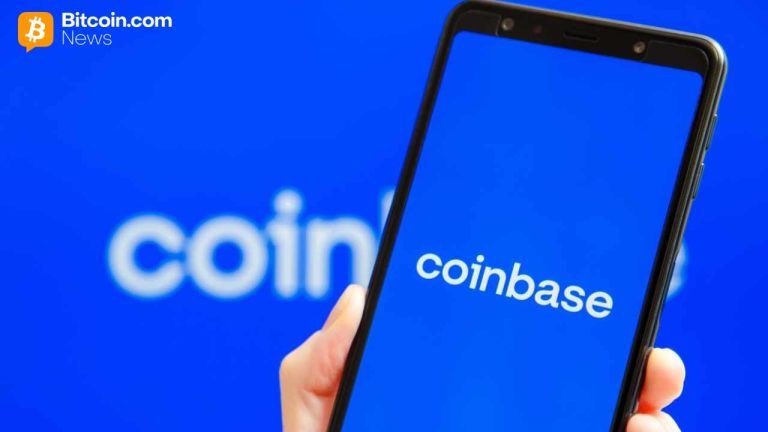SOL Volume Bot: Understanding Automated Liquidity and Market Activity on Solana
Introduction
The Solana network has rapidly become one of the most active ecosystems in decentralized finance. With new tokens launching daily, maintaining liquidity and visibility is crucial for success. This is where the SOL Volume Bot plays a significant role. These automated systems help developers sustain trading activity and liquidity across decentralized exchanges, making tokens appear more dynamic and discoverable. But to use them effectively, one must understand their mechanics, purpose, and limitations.
What Is a SOL Volume Bot?
A SOL Volume Bot is an automated trading mechanism designed to perform continuous buy and sell operations on the Solana blockchain. It interacts directly with decentralized exchanges like Raydium, Meteora, and Jupiter, using a coordinated set of wallets to execute transactions at randomized intervals.
The goal isn’t just to inflate numbers — it’s to simulate steady, realistic trading behavior. This activity keeps charts alive, supports liquidity pools, and increases the likelihood of appearing in trending lists on data aggregators such as DexScreener or Birdeye. For early-stage projects, this visibility can help attract genuine traders and maintain engagement while the project gains organic traction.
How the SOL Volume Bot Works
The SOL Volume Bot operates by linking to a token pair on a DEX and executing automated swaps according to user-defined settings. These typically include:
- Randomized trade sizes to mimic diverse trading patterns
- Configurable intervals between swaps for human-like timing
- Distribution of trades across multiple wallets for natural variability
- Continuous buy and sell balancing to avoid artificial price spikes
Developers can monitor and control the process through dashboards or Telegram interfaces, allowing flexibility to pause, adjust, or scale operations. Advanced versions may include adaptive logic that adjusts trade frequency based on liquidity depth or market volatility.
Why Volume Matters on Solana
In decentralized markets, perception is powerful. Traders often interpret high or stable volume as a sign of liquidity and community interest. Tokens with visible movement are more likely to be noticed by new investors, listed on tracking platforms, or included in trending feeds.
The SOL Volume Bot helps create this perception by maintaining consistent on-chain activity. When combined with organic efforts like staking campaigns, marketing, and listings, it can help transform early exposure into sustainable growth.
Benefits and Considerations
Benefits
- Keeps liquidity pools active and prevents stagnation
- Increases exposure on decentralized exchange trackers
- Helps new tokens sustain visibility during launch phases
- Provides developers with valuable data on price behavior and market response
Considerations
- Excessive automation can create unrealistic market signals
- Bots should complement real trading, not replace it
- Transparency about their use helps preserve community trust
- Overuse or predictable trading patterns may be flagged by analytics tools
Using the SOL Volume Bot responsibly means finding balance. Automation should act as a short-term visibility enhancer, not a long-term substitute for authentic market demand.
Educational Perspective
From a development and research standpoint, the SOL Volume Bot illustrates how algorithmic trading and behavioral modeling intersect in decentralized ecosystems. It offers practical insight into how liquidity mechanisms work, how decentralized markets react to continuous flow, and how data-driven automation can influence perception.
It also sparks important discussions about ethics and transparency in DeFi — key considerations for any developer or analyst exploring liquidity engineering on Solana.
Conclusion
The Solana Volume Bot has become an important tool for Solana projects aiming to build early liquidity and visibility. Through automated, controlled trading activity, it helps tokens maintain steady engagement and attract attention on competitive DEX platforms.
However, true success in the Solana ecosystem requires more than automation. Sustainable growth depends on community involvement, clear communication, and real investor participation. When used responsibly, the SOL Volume Bot can support these goals — serving as a bridge between token launch and lasting market presence.
This publication is sponsored. Coindoo does not endorse or assume responsibility for the content, accuracy, quality, advertising, products, or any other materials on this page. Readers are encouraged to conduct their own research before engaging in any cryptocurrency-related actions. Coindoo will not be liable, directly or indirectly, for any damages or losses resulting from the use of or reliance on any content, goods, or services mentioned. Always do your own research.
The post SOL Volume Bot: Understanding Automated Liquidity and Market Activity on Solana appeared first on Coindoo.
You May Also Like

Warsaw Stock Exchange lists its first Bitcoin ETF

Revolutionary Visa Stablecoin Integration: Unlocking New Payment Frontiers with Paxos
